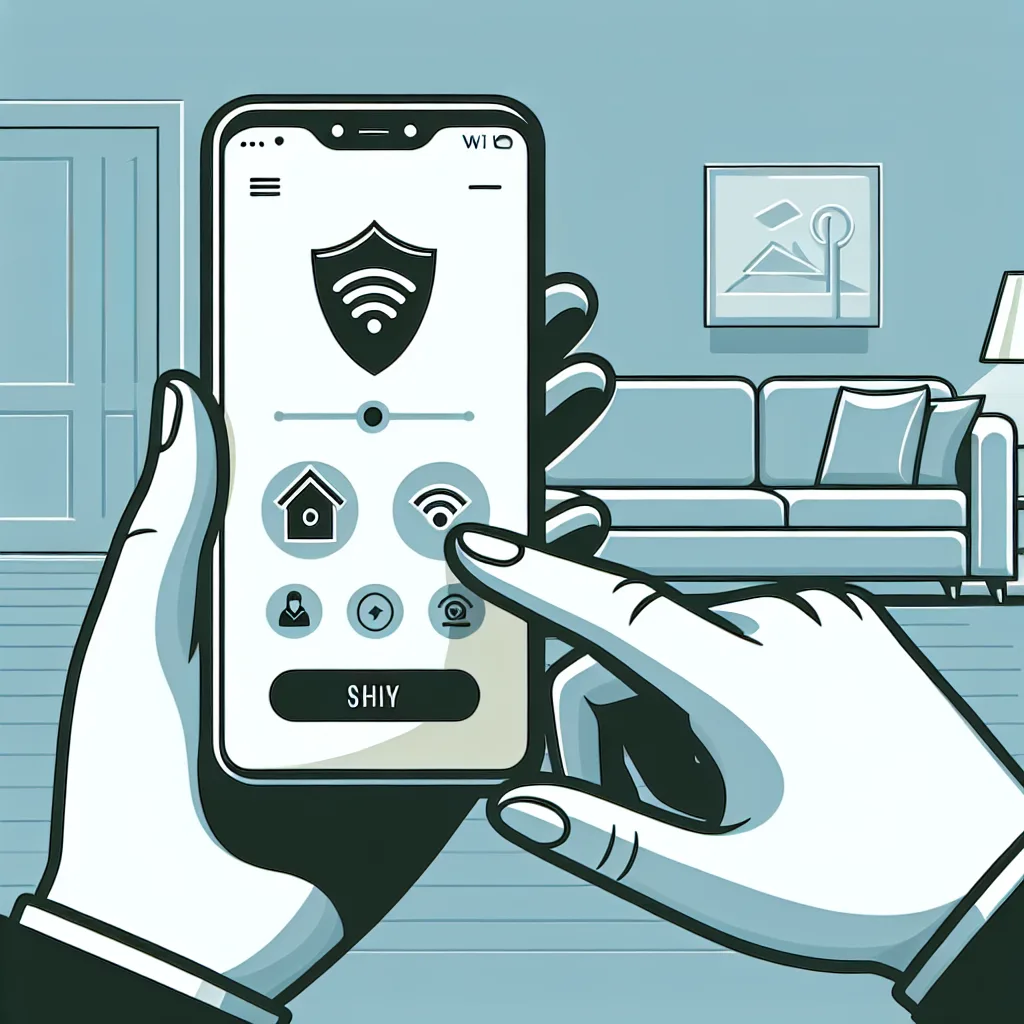Confused by ADT, Ring, and Nest? This simple guide breaks down the difference between DIY and pro security to help you choose the right system for your home.
I went down the home security rabbit hole so you don’t have to.
It started with a simple thought: “Maybe we should get a security system.” An hour later, I was drowning in a sea of acronyms, brand names, and conflicting advice. ADT, Ring, Nest, SimpliSafe, Vivint… my head was spinning. It felt like you needed a security clearance just to figure out how to secure your own home.
But after a lot of digging, I realized something important. The choice isn’t as complicated as it seems. It really boils down to one fundamental question, and once you answer it, the path forward gets a whole lot clearer.
So, let’s talk about it, friend to friend. No sales pitches, no hype.
The Big Question: Do You Want to DIY or Have It Done for You?
This is it. This is the fork in the road. Nearly every security system falls into one of two camps:
- DIY (Do-It-Yourself): This is the modern approach, popularized by brands like Ring and SimpliSafe. You buy a starter kit, they ship it to you in a box, and you set it up yourself. Think sticking sensors to doors and connecting a hub to your Wi-Fi.
- Professional Install: This is the traditional model, dominated by companies like ADT. You sign up, they send a technician to your house to install everything, and they show you how it works.
There’s no right or wrong answer here, just what’s right for you.
DIY systems are great if:
- You’re on a budget. The upfront cost is usually much lower.
- You’re a renter. You can easily pack it up and take it with you when you move.
- You like control. You decide where every sensor and camera goes.
- You hate contracts. Most DIY systems offer optional, month-to-month professional monitoring. You can turn it on or off as you please.
Professional systems might be better if:
- You want it to be completely hands-off. You’re happy to pay for someone to handle the entire setup.
- You have a larger home. A professional can help identify weak spots you might miss.
- You prefer a long-term service relationship. These systems are almost always tied to a multi-year contract for professional monitoring.
Once I figured this out, the big brand names started making more sense. They weren’t just a random list; they were players on two different teams.
A Quick Look at the Main Players
Let’s break down the brands you’ve probably heard of.
ADT: The Old Guard
You know the blue octagon. ADT is the Coca-Cola of home security. Their entire model is built on professional service. You call them, they come to you.
The main benefit is peace of mind. You sign a contract (usually for 36 months), and they take care of everything. The monitoring is top-notch, and they’ve been doing this for a very, very long time. The downside? It’s often the most expensive option, and that long-term contract can feel restrictive if you’re used to a subscription-based world.
Ring: The Scrappy Disruptor
Ring started with a doorbell and basically built a security empire from there. It is the king of DIY.
You can start with a single $60 camera and slowly build out a full system of window sensors, motion detectors, and outdoor lights. The genius of Ring is its app and its affordable monitoring. For a small monthly fee, you get 24/7 professional monitoring, which is a steal. It’s perfect for the person who wants to start small and customize their setup over time.
Google Nest: The Smart Home Brain
Nest (which is now part of Google) is less of a pure security company and more of a smart home company. Their products—from the famous thermostat to their cameras and doorbells—are beautifully designed and work seamlessly within the Google ecosystem.
If you already use Google Assistant and have Nest Hubs around your house, their cameras and doorbell are a natural fit. While they discontinued their all-in-one “Nest Secure” system, they still offer professional monitoring for their cameras through partners like Brinks. Think of Nest as the choice for people who want their security to be just one integrated piece of a larger smart home puzzle.
So, How Do You Choose?
Forget the noise. Just ask yourself these simple questions:
- What’s my budget like? Am I okay with a higher upfront cost and a monthly contract (Pro-Install), or do I want to buy gear as I go (DIY)?
- Am I a renter or a homeowner? If you’re renting, a portable DIY system is almost always the better choice.
- How “smart” do I want my home to be? Do I just want a simple alarm, or do I want a system that integrates with my speakers, lights, and thermostat?
- How much work do I want to do? Am I cool with spending an hour setting things up, or would I rather just pay someone to make it all work?
Answering these will point you directly to the right category. From there, you’re just picking a brand, not trying to solve a giant puzzle. It’s not about finding the “best” system. It’s about finding the one that fits your life, your home, and your budget. And that’s a choice you can definitely make.
